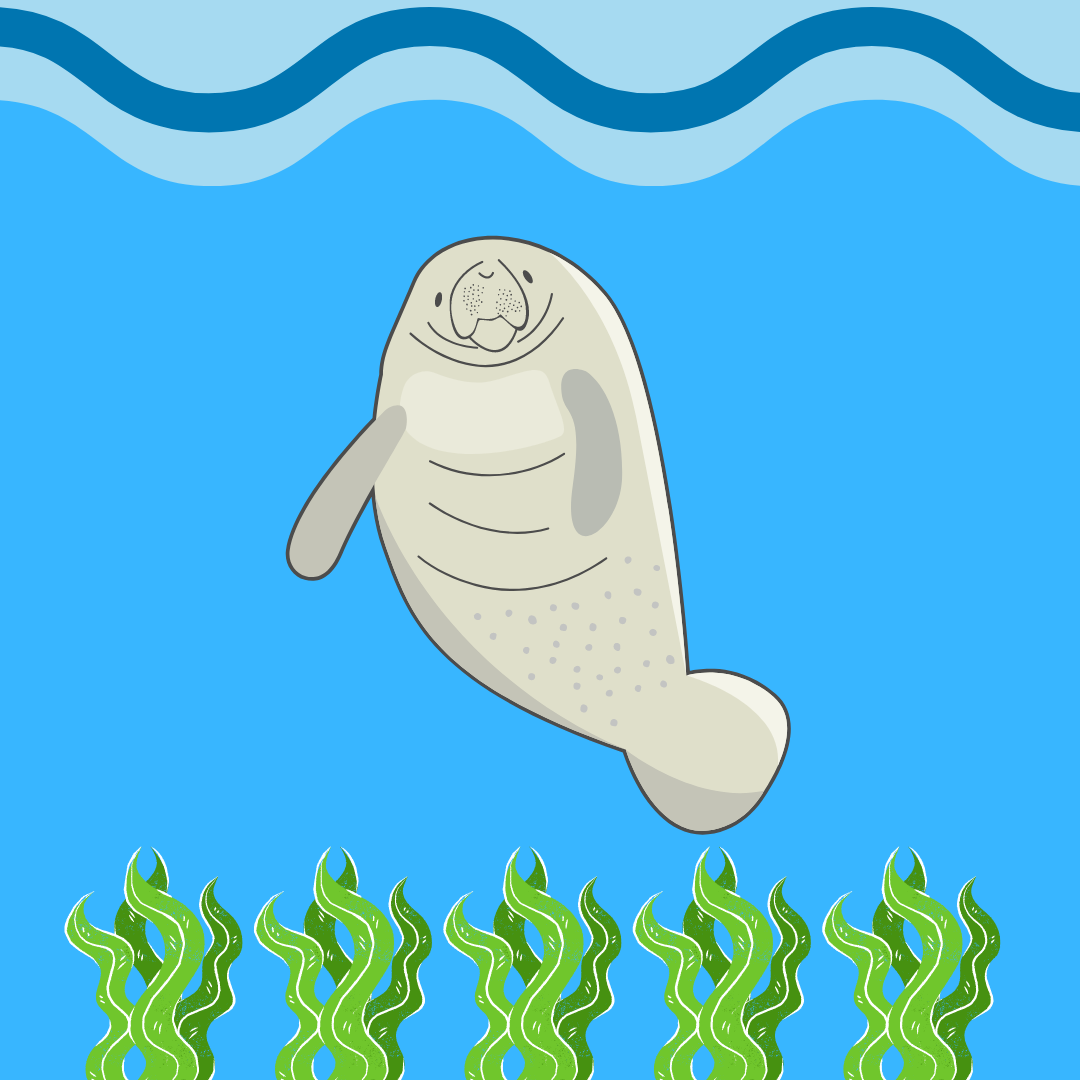St. Petersburg residents have donated over 25 tons of lettuce to a local power plant to help support Florida’s manatee population.
Courtesy of Sofía García Vargas | The Crow’s Nest
By Brianna Madden
As manatee populations began to decrease, researchers looked for a cause. Many assumed the fatalities were a result of boat collisions. Instead, the Florida Fish and Wildlife Commission (FWC) found that the leading cause was starvation.
These peaceful “sea cows” (a name dubbed by the internet) spend their days feasting on seagrass beds that thrive in Florida’s tropical waters. Unfortunately, water pollution levels have exponentially increased due to excessive run-off from urban and agricultural areas, making Florida’s waters less suitable for seagrass growth.
“We have seen an uptick in mortalities,” Tom Reinert of the FWC, said.
Approximately 164 West-Indian Manatees have already been reported deceased in the first two months of 2022. Activists, desperate to help, have made the mistake of directly feeding manatees lettuce and other foods.
While their intentions are deemed honorable, feeding wild animals can cause more harm than good. As manatees become more comfortable around humans, they may approach more boats and inevitably get hit by propellers.
The Florida Power and Light Plant near St. Petersburg has begun to take donations of romaine lettuce. The plant has collected over 25 tons of romaine, showing the community’s dedication to saving Florida’s manatees.
The waters near the plant are free of boat traffic and safe for these gentle giants. The power plant has recorded sightings of up to 350 manatees every day, eager to fill up on the crisp lettuce.
Attracting up to 800 manatees one day, Ron Mezich of the FWC said, “we are really making a difference.”
The feeding program continues to provide food for manatees and studies show that these efforts will make a positive impact.
However, many researchers condone this project’s idea that feeding wild animals is the way to save them. In Florida, it is illegal for boaters to directly feed wild manatees.
Reinert claims that the best way to save Florida’s populations is to “feed them with your dollars.” He recommends donating to organizations who are planning projects to save the seagrass beds and reduce manatee boating accidents. Reinert also suggests that all beachgoers, boaters and paddlers report injured or dead manatees to help research projects aimed at saving these populations.
The state has already invested $8 million in funding seagrass bed restoration projects.
While there has been an increase in manatee deaths in the past year, the FWC has estimated Florida’s manatee population to currently consist of 8,800 individuals, proving a significant improvement from a previous average of 625 individuals.
In the 1990s, Florida’s 2,000 manatee individuals were listed as endangered on the IUCN Red List of Threatened Species and remain listed as threatened.
Although the deaths are unnerving, Reinert is confident that there is “less than a 1% chance that manatees will ever go extinct in Florida.”



